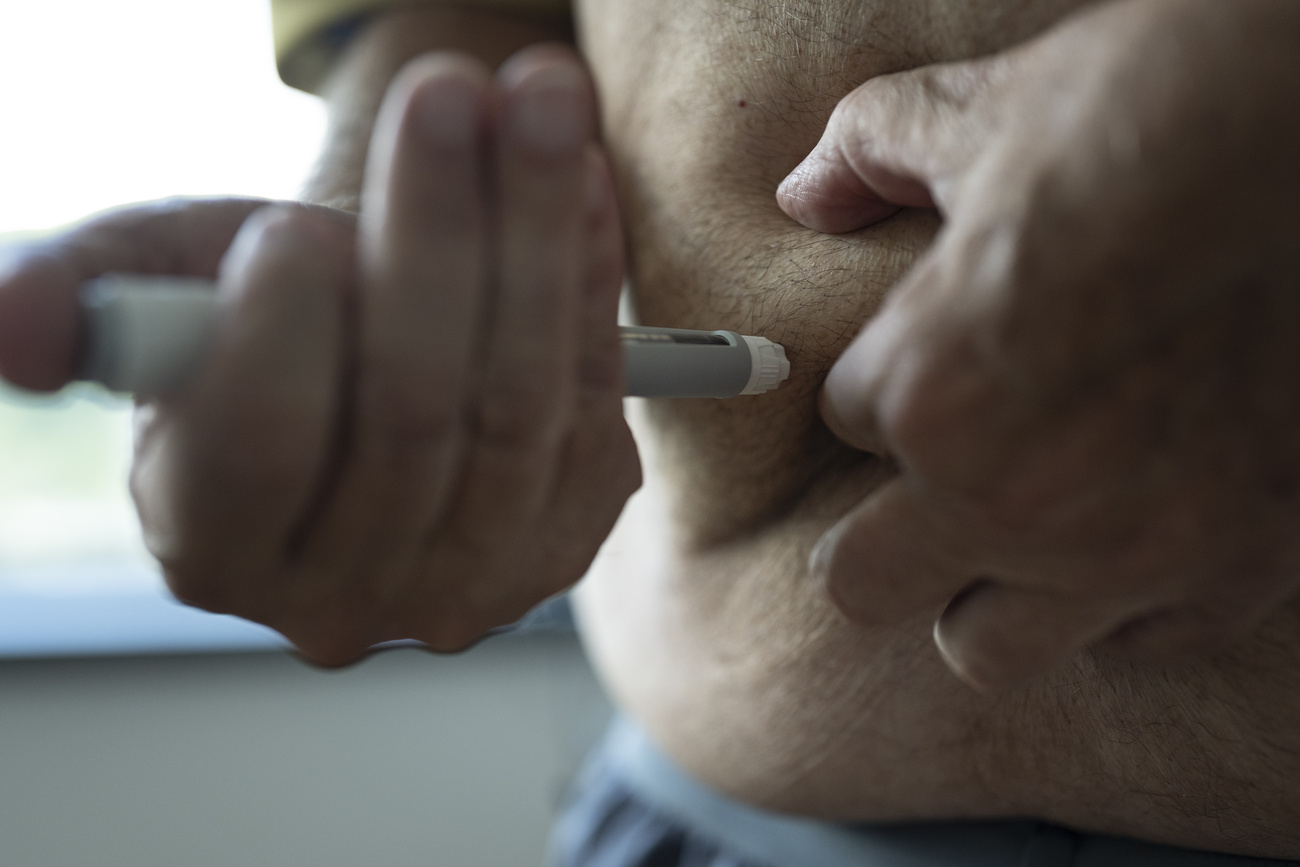
Swiss People’s Party

The forerunner of the People's Party represented "farmers, traders and Swiss citizens" from rural areas. At the end of the First World War it grew into an opposition movement against the Radicals and eventually won a cabinet seat in 1929. It merged with a number of smaller, regional parties to become the rightwing Swiss People's Party in 1971.
Until the 1990s, the People’s Party was the smallest of the parties represented in cabinet, with only 11 per cent of the vote. During the 1990s the party increased its share of the vote to become the most popular party, attracting 22.5 per cent at the 1999 elections.
In 2003 its percentage of the vote rose again to 26.6 per cent. As a result, the party’s leading light Christoph Blocher won a second cabinet seat for the People’s Party at the cost of the Christian Democrats.
The People’s Party took a record 29 per cent of the vote in the 2007 parliamentary elections – the best result for a political party in Switzerland since 1919. However, parliament voted Blocher out.
The party has 62 seats in the House of Representatives and seven seats in the Senate.
Founded: 1937
President: Toni Brunner, Member of the House of Representatives
Seats in the House of Representatives: 62
Seats in the Senate: 7
Cabinet Ministers: Ueli Maurer. But Eveline Widmer-Schlumpf joined the newly formed Conservative Democratic Party in 2008.

In compliance with the JTI standards
More: SWI swissinfo.ch certified by the Journalism Trust Initiative






























You can find an overview of ongoing debates with our journalists here . Please join us!
If you want to start a conversation about a topic raised in this article or want to report factual errors, email us at english@swissinfo.ch.